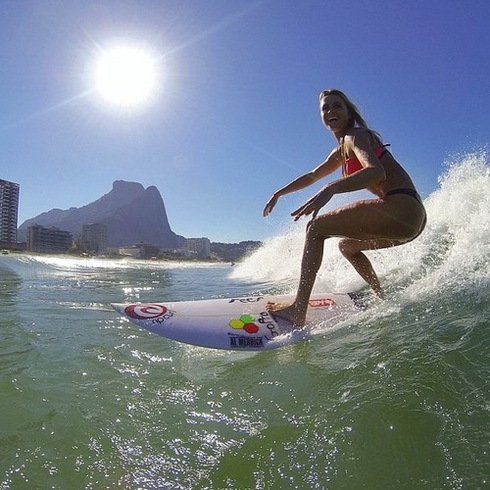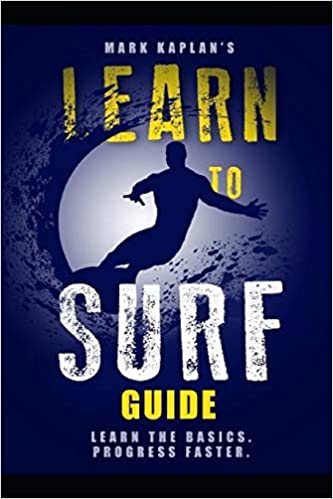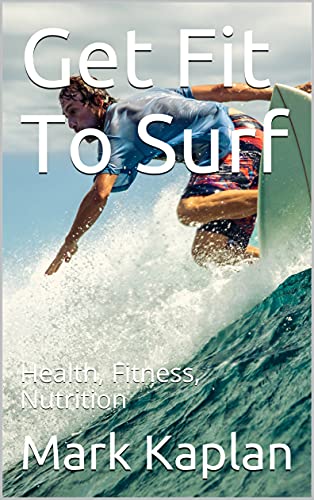Learning Short Board Surfing Techniques begins with mastering the beginner techniques on a soft top. Beginner surfing techniques are the basis of advanced surfing techniques. There are not that many ways to get on a surf board and carve.
The beginner learns to time waves. He watches a foam wave approach and rolls over onto the surf board and paddles for momentum to catch the wave. He then executes a pop up he will always utilize and rides to the beach. This is the foundation for riding real waves.

Learning Short Board Surfing Techniques
Real waves break in an arc and allow the surfer a few seconds to paddle to catch it. The surfer first has to learn to get in position so the wave rolls under the surfboard. This is the most difficult aspect for progressing surfers in that it requires judgment and courage. Mistakes result in crashes. Real waves are moving faster and are heavier than foam waves.
The pop up has to be executed perfectly with the surfers weight equal on both sides of the center line and the front foot in proper position at the nose. The short board is low in volume and sensitive to any weight imbalances resulting in immediate falls. A pop up for beginners is utilized by many pros. The surfer pushes up from a man’s push up position and places his back foot on the board. He then lifts his hands and moves the front foot toward the nose placing it in the middle of the board at a 45 degree angle forward. Pros often do this so quickly it looks like they are putting both feet on the board at the same time, but often they are not.
Carving can be practiced in foam waves before moving to real waves. The surfer with the left foot forward (regular footed) turns his eyes along with head and upper torso in the direction of the carve. On a face side carve (turning right), he places pressure on his toes. This will cause the board to carve right. For a backside carve, he turns his eyes and upper torso and put a little pressure on his heels. Beginners have to learn not to lean their whole body but to twist the upper torso.
The first carve is a bottom turn after riding down the face of the wave to get into the pocket. These can go face side or back side. Good to be equally adept at both. Then the surfer learns the cut back. This reverses direction to get into the power of the wave. The surfer does the opposite of the bottom turn by facing down the wave and placing pressure on the toes or heels to reverse the direction of travel.
Accelerating is crucial. Short boards need to be pumped to move faster while long boards move fast because of their volume. To accelerate, the surfer pushes hte nose of the board up the face with his forward foot and then allows the board to drop. Three or four accelerations is all that should be needed to perform the next maneuver or trick.
Ripping the lip is the trick most enjoyed by surfers which is bottom turning up the face and and then doing a cut back to the bottom as the tail slides over the lip. These carves can keep a surfer occupied for a long time. The next steps are advanced and need great skills.
Visit the Home Page for Surf Lessons
See my website GetFittoSurf.com
Learn More
Get the Learn to Surf Guide Course in Kindle, Paperback or Audio

A great 29 page course on the fundamentals of catching waves, doing beginner and advanced pop ups, riding real waves, how to do maneuvers on real waves, which surfboards to ride, and how to progress. Great for lesson preparation, after lesson
Kindle price $2.99 on Amazon. Paperback price $6.95 on Amazon. Audio download price $7.95
Get the Learn to Surf Guide Course in Kindle, Paperback or Audio
